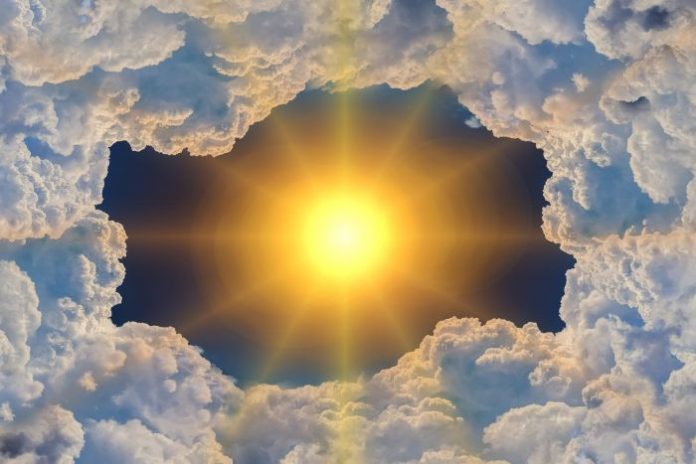
Several studies in 2020 analysed the variation of tropospheric ozone (O3) as a function of the restriction measures put in place to contain the spread of VOCID-19. Most of these these studies have been conducted mainly in urban or industrial centres. “While in the stratosphere While in the stratosphere ozone plays a beneficial role for life on Earth by shielding harmful UV radiation from the Sun, in the troposphere ozone plays a beneficial role for life on Earth by shielding harmful UV radiation from the Sun. coming from the Sun, in the troposphere (i.e. at altitudes between the Earth’s surface and 12-15 km) acts as a greenhouse gas, and is a secondary pollutant with harmful effects on health and the environment. secondary pollutant with harmful effects on human health and ecosystems,” says Davide Putero, researcher at the Institute of Atmospheric Sciences and Climate of the National Research Council (CNR-Isac) in Turin.
A study conducted by researchers from CNR-Isac, in collaboration with the Institute of Marine Sciences of the National Research Council (CNR-Ismar), the University of Urbino and the Eidgenössische Technische Hochschule (Eth) in Zurich, published in Environmental Research Letters, analysed for the first time in the first time in Italy the possible impacts of the limitations imposed by the pandemic on O3 concentrations measured at a remote site at high altitude, i.e. outside the Planetary Boundary Layer (PBL).
Boundary Layer (PBL), i.e. the part of the troposphere directly influenced by the presence of the Earth’s and emissions of pollutants and climate-altering substances. The measurements The continuous measurements analysed were conducted at the “O. Vittori” observatory in Monte Cimone, part of the global part of the global station of Wmo/Gaw and managed by Cnr-Isac in close collaboration with the with the Italian Air Force (Camm Monte Cimone). The observatory is located on the highest peak in the in the Northern Apennines (44°12′ N, 10°42′ E, 2165 m) and is located for most of the year above the PBL. above the PBL.
“During the spring and summer of 2020, much lower ozone values were observed at Monte Cimone than in previous years (Figure 1). previous years (figure 1), since 1996, which the analysis of meteorological variables and daily cycles did not daily cycles did not indicate changes in the vertical transport of air masses in the Monte Cimone area. transport of air masses in the Monte Cimone area due to orographic effects”, continues Paolo Cristofanelli, first researcher at the researcher at CNR-Isac in Bologna. “The low O3 values that characterised the spring and summer of 2020 cannot be summer of 2020 cannot be explained by differences in the large-scale circulation compared to the previous five years. compared to the previous five years. The periods with the lowest values were, among other things, observed in conjunction with The periods with the lowest values were also observed in conjunction with air masses from the PBL of Europe and northern Italy.
Therefore, everything points to the conclusion that “during the spring and summer of 2020, the restrictions restrictions due to COVID-19 reduced anthropogenic emissions of ozone precursors into the PBL, i.e. substances that ozone precursors, i.e. substances that cause ozone formation in the presence of solar radiation and that can be emitted by human sources, including human sources such as vehicle traffic. It would appear that this anthropic factor to have determined the low levels observed at Monte Cimone, particularly when the air masses particularly when the air masses came from the European and northern PBL”. In conclusion, therefore, the study “confirms the importance, as already indicated by international studies, of limiting anthropogenic emissions of O3 precursors in order to decrease their quantity in the free the troposphere, where this compound plays its role as a greenhouse gas.



































